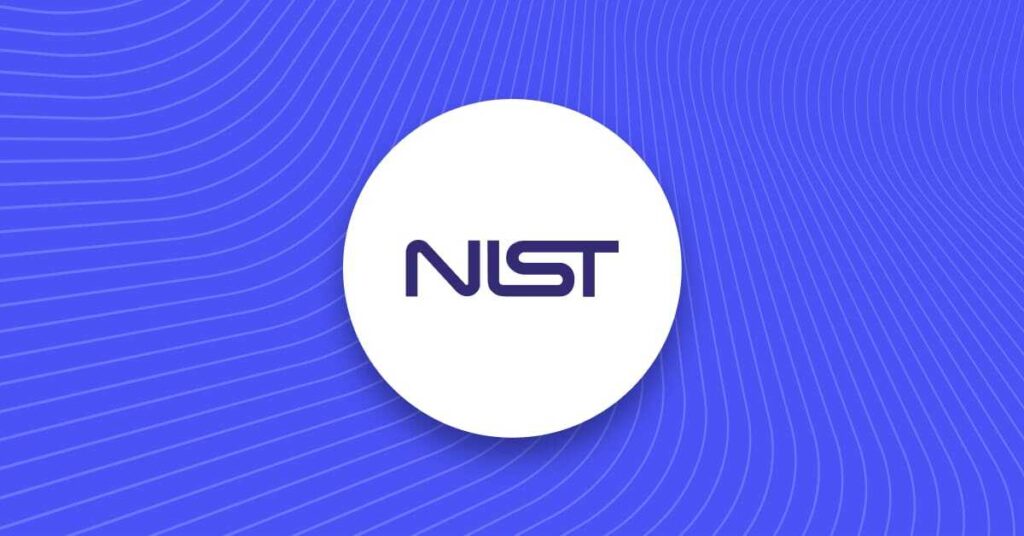Let’s be honest: Cybersecurity has never before been a bigger risk to businesses. From sophisticated threat actors and distributed workforces to unprotected devices and countless applications, today’s sprawling attack surfaces are stretched to their limits.
And guess what? Hackers are taking notice, setting their sights on the most vulnerable and potentially lucrative targets in this landscape — targeting victims in financial services and insurance. Now, more than ever, it’s important to know who’s accessing your organization’s digital resources - internal to and external from the organization.
With hacker groups like Scattered Spider and Dark Angels on the loose, let’s take a moment to review some steps on how you can protect your organization from ransomware, account takeovers (ATOs), and other common risks. We’ll discuss identity verification (IDV), advanced threat detection, and how their combined abilities can stop threats before they impact your business.
Know Your Employee: The importance of identity verification
Employees need information, systems, and applications to do their jobs. But, with the rise of remote work, accessing these assets isn’t as simple nor centralized as it used to be. Businesses must issue login credentials for multiple applications and accounts so that workers can access these essential resources from anywhere and on any device. Remote work is more than just a laptop at home; it includes phones and tablets while at a local coffee shop.
But what happens when an unauthorized individual obtains someone’s credentials? They can impersonate the employee, take over their accounts, and illegally access back-end systems, stealing that organization’s confidential information (such as customer data or trade secrets). And if that happens, the consequences can be devastating:
- Financial damage: Unauthorized access allows bad actors to harvest data from information systems, which can have a significant monetary impact. The average data breach costs $4.88 million per incident.
- Reputational damage: It’s harder to put a price tag on brand reputation, but it’s safe to say a security breach can tarnish your organization’s image and potentially discourage new customers. That’s especially true if you process sensitive customer data, like credit card information or Social Security numbers.
- Noncompliance: Account takeover attacks can also lead to incidents that violate regulations, exposing the business to fines and legal penalties. GDPR and most regulations require breach notifications to be sent, a requirement that can feel like you are compounding the effects.
- Business disruption: If hackers successfully infiltrate your infrastructure, they can infect key systems with ransomware and disrupt your business operations, costing you time and money.
- Identity theft: ATOs can also impact your workers since it is likely that their personal information has been breached. Many incidents result in identity theft where hackers make fraudulent transactions in the employee’s name.
Identity-based attacks are on the rise, impacting nearly 77 million adults annually. Growing out of this attack vector, organizations now want complete assurance that workers are who they say they are. The good news is there are identity verification methods that can deliver exactly that:
- Document verification: This method checks the authenticity of government-issued IDs, such as passports or driver’s licenses. In addition to comparing against source of truth databases, advanced artificial intelligence (AI) can detect signs of tampering or forgery, ensuring that only legitimate documents are used to verify an individual’s identity.
- Biometric verification: By using unique physical traits like fingerprints and facial scans, biometric verification ensures the person attempting access matches the person registered in the system. Advanced biometric solutions, like Onfido Motion, can go a step further and perform liveness checks with a side-to-side head turn to add one more layer of assurance. This prevents hackers from using a mask or prerecorded video to bypass facial recognition.
Implementing proper IDV doesn’t only mitigate the risk of insider threats and compromised accounts; it also can yield several tangible business advantages. For example, preventing data breaches helps satisfy compliance requirements — which, for financial institutions, sets a high bar for cybersecurity.
Critically, verification also safeguards employee records, protecting them from potential fraud and identity theft. Knowing that the company is committed to protecting employees as much as intellectual property can improve loyalty and trust in the organization.
Advanced threat detection: The case of Scattered Spider
Scattered Spider is a hacker group famous for targeting financial and insurance organizations with identity-based attacks.
Known for their use of social engineering tactics, cybercriminals leverage SMS and voice phishing to steal credentials for privileged accounts. This sometimes involves impersonating legitimate employees and directing victims to fake login portals. Once they gain access, these fraudsters deploy ransomware to infect cloud environments and steal data.
According to Dark Reading, Scattered Spider’s attacks are becoming increasingly difficult to detect. However, with the right identity and access management (IAM) tools in your arsenal, you can combat these threats and spot suspicious activity before it’s too late.
For example, let’s look at how Entrust and Onfido’s combined IAM capabilities can enhance your security with advanced threat detection, even beyond Document and Biometric Verification discussed earlier:
- Multi-factor authentication (MFA): Triggered at risky moments within a user’s experience, a step-up authentication will prompt users for additional details to confirm their identity. Phishing-resistant, certificate-based MFA secures the login or transaction process while protecting against ATO attacks. A wide array of authenticators, such as push notifications, hardware tokens, and one-time passcodes, ensure only legitimate users access critical resources.
- Risk-based adaptive authentication: Entrust’s risk engine evaluates real-time contextual information, including behavioral biometrics, to evaluate user risk levels. It dynamically addresses security concerns, issuing additional authentication requirements or blocking access entirely if the risk is too high.
- Device intelligence: Onfido’s device intelligence focuses on analyzing the characteristics of the user’s device to identify suspicious behavior. This includes evaluating factors such as device type, network information, geolocation, and historical usage patterns. While a device does not equal an individual, the goal is to determine if the device is trustworthy during the identity verification process.
Together, these capabilities can detect even the most advanced threats. With additional layers of authentication throughout the user journey, you can continuously verify employee identities and spot the earliest signs of potential risk.
Integrating employee verification and threat detection
Employee verification and advanced threat detection are key components of an identity-centric security strategy. When they blend together, companies gain a deeper understanding of users' behaviors and identities. Each of us create our own profile through the patterns of our online activity, But, to maximize their benefits, detection and verification must be flexible and integrate smoothly into the employee experience.
That’s where a no-code workflow builder comes into play. With Onfido Studio Workflow Builder, you can, without technical expertise, leverage an orchestration layer to control your entire IDV landscape. Tailored verification flows can be created that guide each employee down the right path based on their access rights and their risk profile. For low-risk assets, streamlined IDV ensures a quick, smooth experience. Riskier assets may require additional verification steps, ensuring higher levels of scrutiny where it’s needed most.
Studio can build a workflow with smart conditions, automating decision-making to enhance efficiency. Not only does this result in reduced verification times and improved clear rates, but it also maintains a high standard of fraud detection accuracy. The result? An ideal balance of security and frictionless user experience with less need of manual assistance.
Stay ahead of emerging threats
The bottom line is that today’s threat landscape is increasingly complex. With identity-based attacks on the rise, businesses need a comprehensive security strategy that raises assurance without sacrificing employee productivity.
Together Entrust and Onfido solutions combine the powers of identity verification with advanced threat detection. Through our integrated capabilities, you can safeguard your workforce, reduce vulnerabilities, and maintain a secure, efficient working environment.
Worried about your workforce?
Discover how Onfido can protect your employees with identity verification today.






